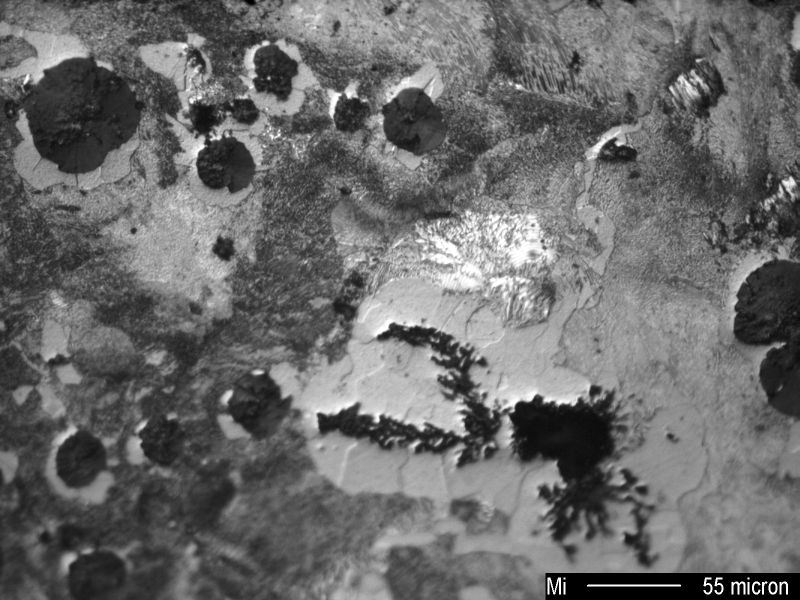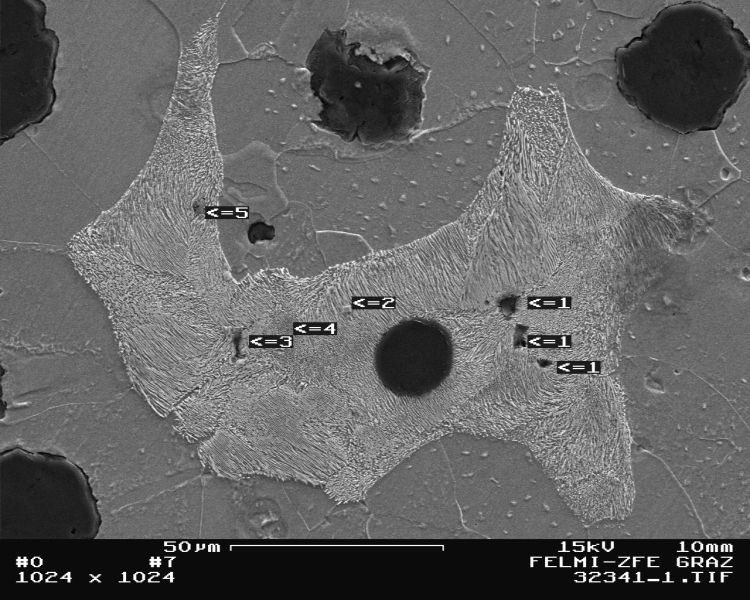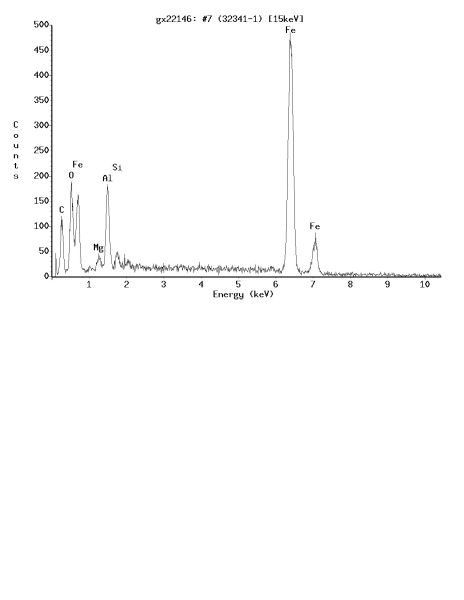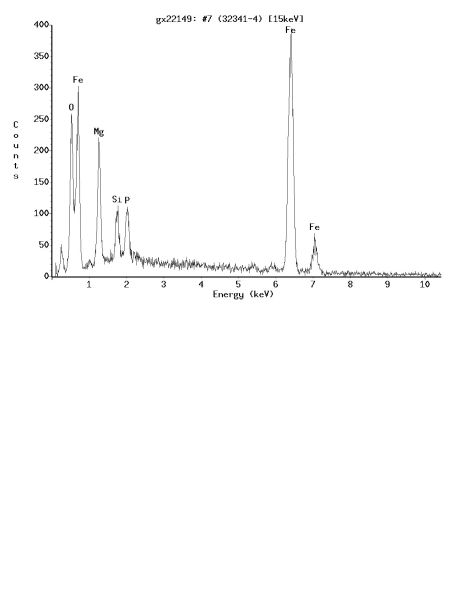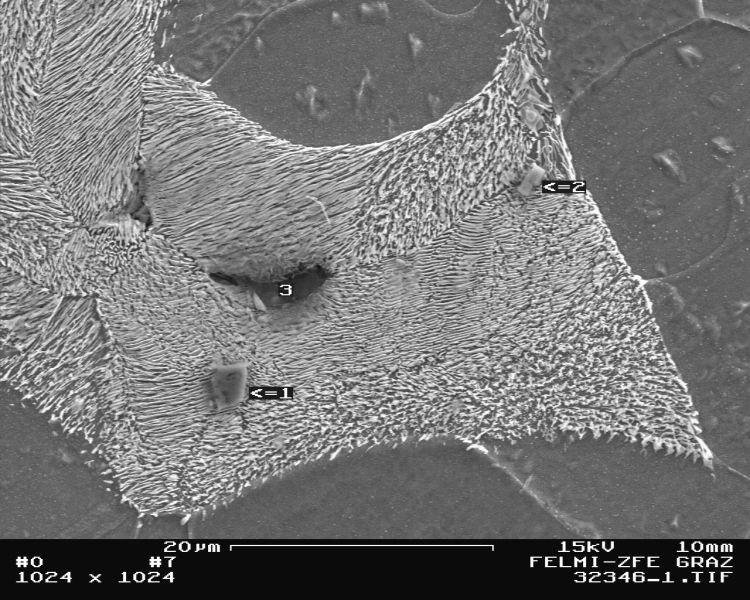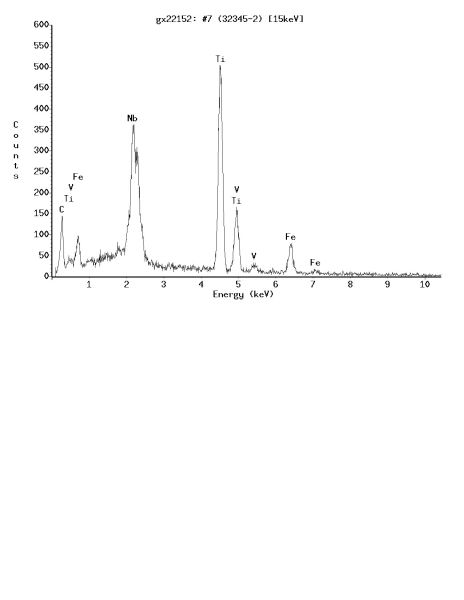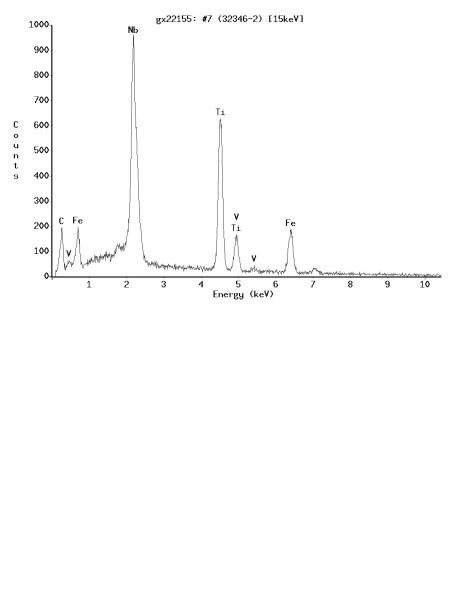Solidification structure
Real alloy compositions as well as solidification and transformation processes taking place under disequilibrium conditions lead to modifications in equilibrium structures. Therefore, structures are formed under practical conditions which cannot be found in the iron-carbon phase diagram.
Due to the possible compositions (in the hypoeutectic to hypereutectic range), the solidification structure of cast iron (see Structure formation of cast iron) is determined by the primary and eutectic crystallization occurring within the stable or meta-stable iron-carbon systems, depending on alloy composition, cooling rate, and nucleation conditions.
Consequently, the solidification structure is made up of the quantity, size, shape and distribution of the graphite, the extent, amount and distribution of alloying element segregations, free carbides as well as the quantity, size, count, distribution and type of hollow cavities (micro-shrinkage, cracks, pores) and non-metallic inclusions, such as slag (see Slag inclusions).
This structure is always present in cast iron materials for technical purposes; its proportion depends on the type and method of melt control, charge materials, alloy and, not least, on the design of the cast part (wall thickness). It does not necessarily produce reject parts, however, in the worst case, it may have a negative effect on the materials’ mechanical properties.
It is nearly impossible to retroactively change this primary structure, except by means of disintegration annealing of free carbides (see Carbide disintegration annealing), which has gained great technical importance, particularly in gravity die and centrifugal casting.
Even an optimized structural matrix (pearlite/ferrite ratio, fine-grain structure of pearlite), cannot compensate for incorrectly formed primary structures. Examples of typical solidification structures and selected EDX analyses are given in Figs. 1 to 7
